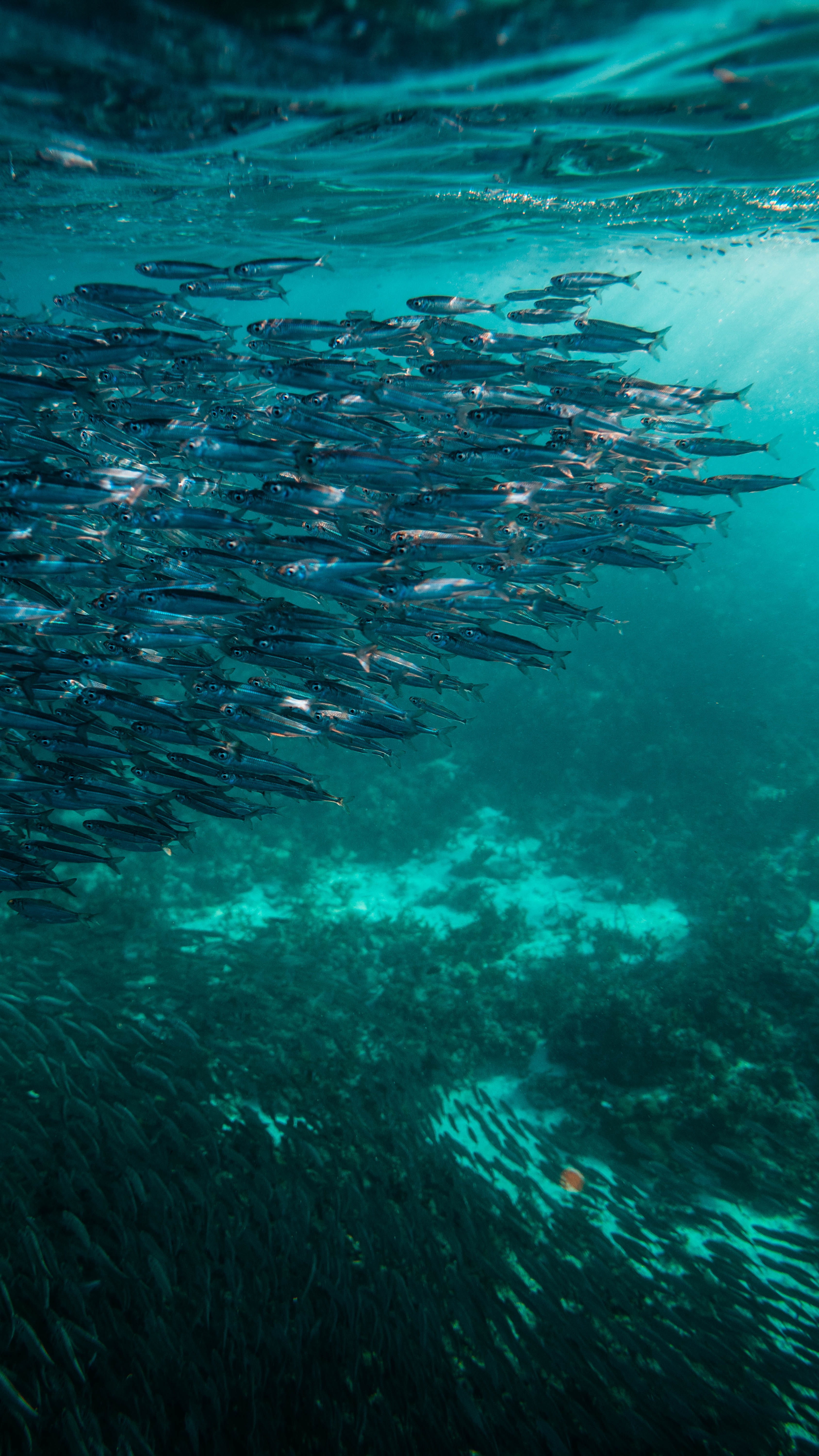Sardines, the small and flavorful fish that have been enjoyed for centuries, are gaining popularity in the global market. These tiny fish pack a punch when it comes to taste, nutrition, and sustainability. In this article, we will provide an overview of the global market for sardines, exploring their key characteristics, market trends, health benefits, and more.
The Rising Demand for Sardines: Sardines have witnessed a surge in demand across various parts of the world. Their affordability, versatility, and unique flavor profile have contributed to their increasing popularity. Sardines are valued not only for their taste but also for their nutritional content, making them an attractive choice for health-conscious consumers.
Geographical Distribution and Production: Sardines are found in abundance in many parts of the world, with major producers including countries such as Spain, Portugal, Morocco, Peru, and Japan. These regions have a long history of sardine fishing and have developed thriving industries around these small fish. Sardines are typically caught using purse seine nets or other sustainable fishing methods.
Nutritional Value and Health Benefits: Sardines are often referred to as a nutritional powerhouse. They are an excellent source of omega-3 fatty acids, protein, vitamins (such as vitamin D and B12), and minerals (including calcium and selenium). These nutrients contribute to heart health, brain function, bone strength, and overall well-being. Moreover, sardines are low in mercury, making them a safe choice for regular consumption.
Product Forms and Market Segments: Sardines are available in various product forms, including canned, fresh, frozen, and smoked. Canned sardines, in particular, have gained significant market share due to their convenience and longer shelf life. They are a staple in many cuisines, used in dishes such as salads, sandwiches, pasta, and appetizers. The market also caters to specific segments such as organic or sustainably sourced sardines, targeting consumers with specific preferences.
Sustainable Fishing Practices : The sardine industry has been proactive in adopting sustainable fishing practices. Many producers have implemented measures to protect fish stocks and reduce bycatch.
Sardines have come a long way from being a traditional fish consumed in coastal areas. With its rich nutritional profile, culinary versatility and sustainable sourcing, sardines have earned their place in the global market. As consumers seek healthier and more sustainable food options, the future looks promising for the small but mighty sardine.
NOTE : Please note that the information provided in this blog post is based on general understanding of the topic at the time of writing and may change as the global market evolves. Our content is for informational purposes only and should not be considered financial, investment or advice.

